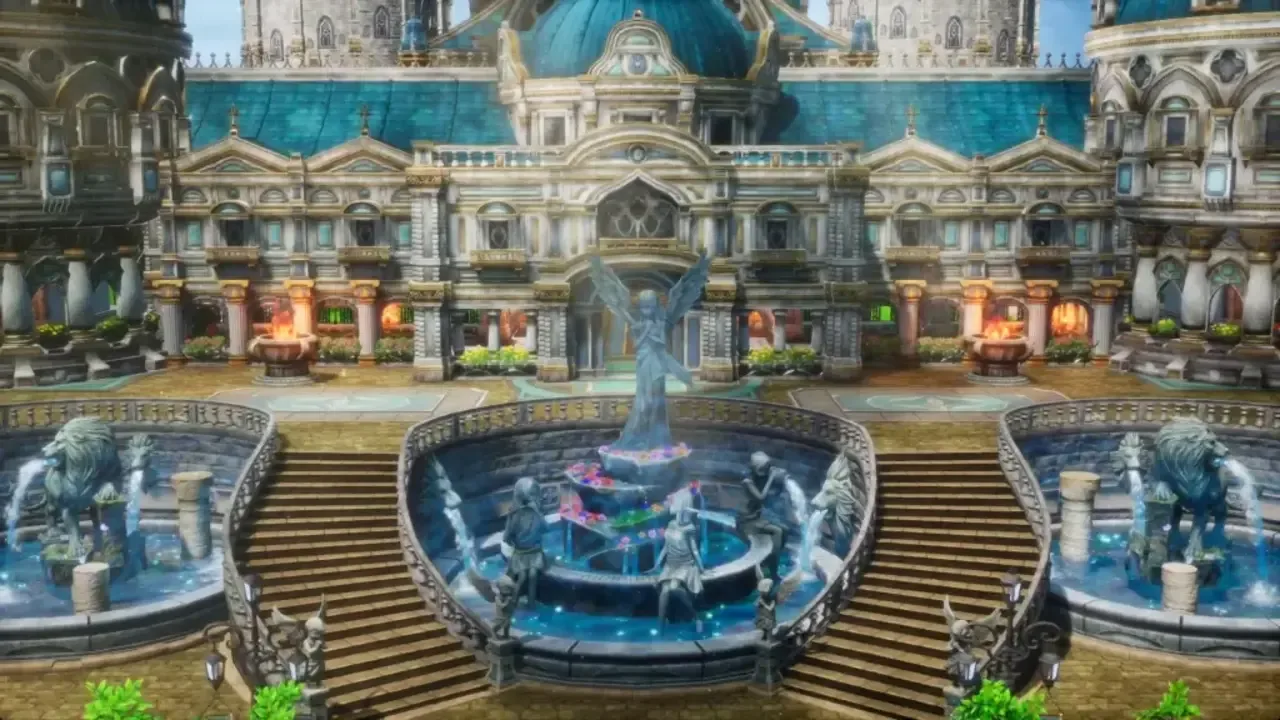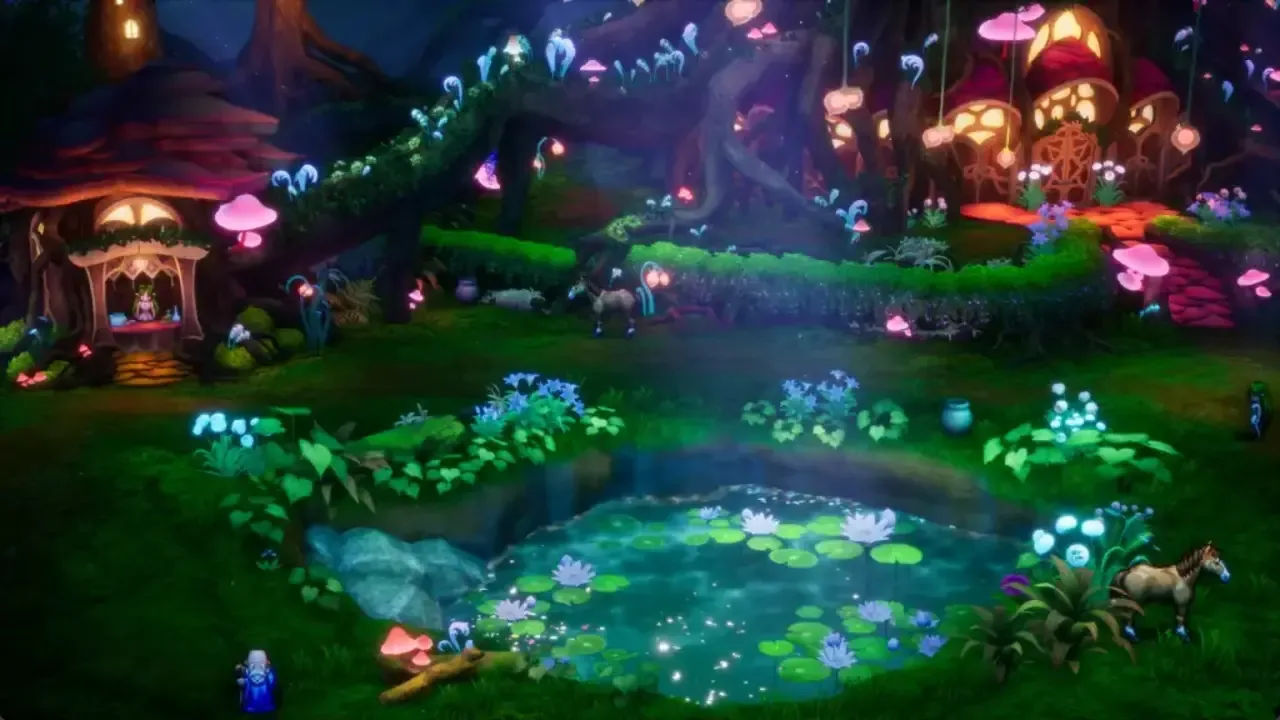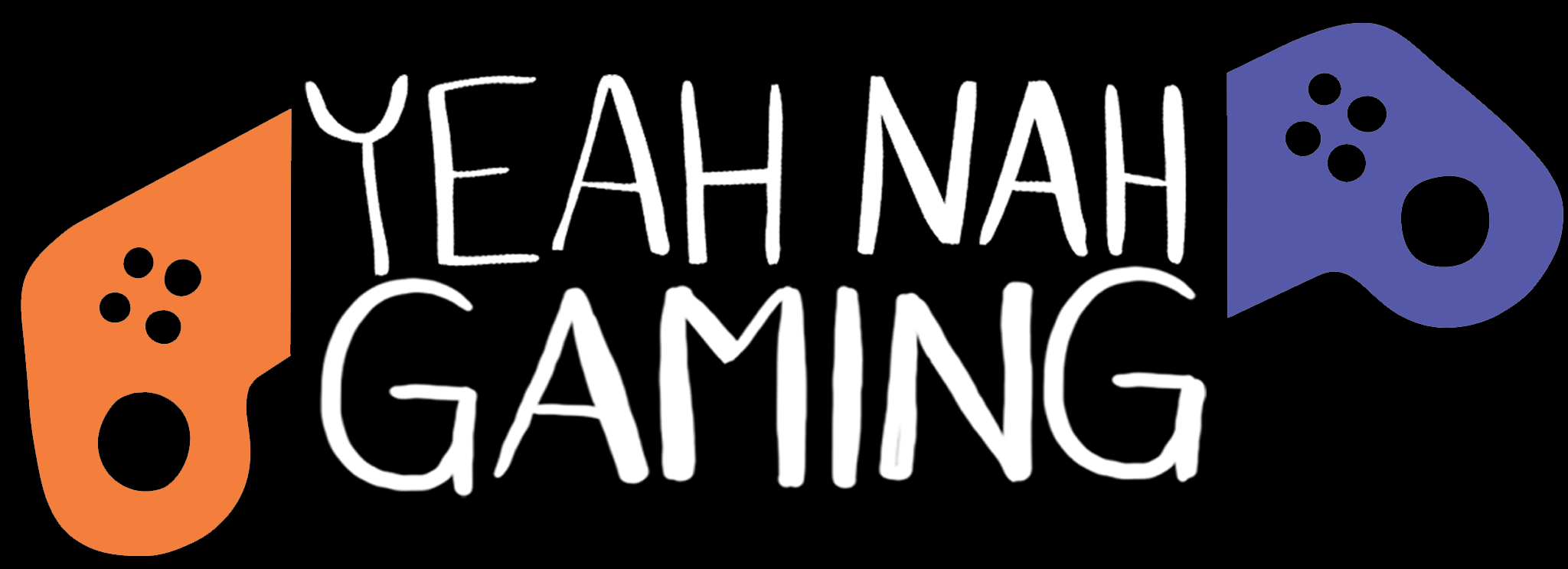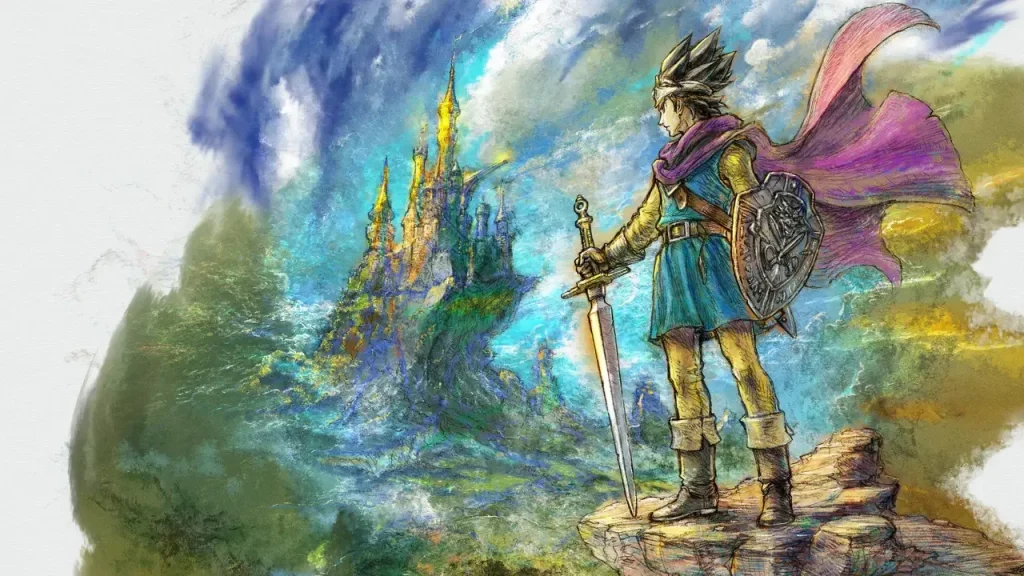The original NES release of Dragon Warrior III—as Dragon Quest III was localised back then—didn’t make nearly as much of a splash in the West as it did in Japan. A lengthy translation process meant it landed in North America in 1992, four years after its Japanese launch, when the SNES was the hot new thing and Final Fantasy IV (then called Final Fantasy II outside Japan) was already showing the world what the future of JRPGs would look like.
But in Japan, in 1988, Dragon Quest III was huge. So huge that Enix moved to Saturday releases for subsequent games so kids wouldn’t cut class to brave the hours-long store queues (though this wasn’t a law, despite an urban myth to that effect.) So huge that it prompted a spate of thefts and muggings by people desperate to get their hands on a copy—that side quest in Yakuza Zero wasn’t just dreamt up from nowhere. Its legacy has stood the test of time, too, with Dragon Quest III frequently finding a place near the top of Japanese “best game of all time” lists, and it’s not an exaggeration to say that this game set the standard for the emerging JRPG genre in much the same way that Doom did for first-person shooters.
So while Dragon Quest III HD-2D Remake needs no introduction in its homeland, for the rest of the world, this remake is a chance to make the mark Dragon Warrior III didn’t get a chance to—and what a way to do it.

“HD-2D” is right there in the title, so let’s start with that. The HD-2D art style always turns heads with the way it blends vintage style with a modern flourish, which makes it a natural choice for a remake of something as classic as Dragon Quest III. There’s nothing quite like exploring a traditional JRPG world map draped in the sort of nostalgic haze that comes with this blend of 2D pixel art, low-poly 3D environments, and dynamic lighting effects. Where DQ3 stands out even among its HD-2D peers is in the quality of its 2D animation—especially in battle, where those iconic Dragon Quest monsters come alive like never before in the fluid, dynamic way their attacks and poses are drawn.
More than just a graphical overhaul, Dragon Quest III HD-2D Remake packs in a whole lot of tweaks and new features to make a 36-year-old game feel fresh and “modern-ish”. Things like battle speed controls and a much more useful map than previous versions help streamline the flow of the game without polishing away the old-school feel. An optional quest marker system gives the option of a more focused, guided approach to players who want that, without taking away from those who prefer the more exploratory design of the original. One really neat little addition, especially if you’re playing without the quest markers, is a diary where you can record conversations with NPCs—a clever way to preserve the problem-solving aspect of piecing together clues buried in dialogue, while making the process of doing so a little more convenient.

More substantial additions come in the form of an expanded story with voiced dialogue for key cutscenes, new monsters and bosses, and new combat abilities for jobs like Warrior and Martial Artists that previously were stuck spamming “Attack”. Said abilities also open up the class-change system—one of the defining characteristics of Dragon Quest III since its initial launch—because characters retain all learnt skills when they change class. In earlier versions, when combat abilities didn’t exist, spells learnt by a mage or priest were the only things to carry over when changing class. Now, with the addition of abilities, there’s a much bigger pool of skills for each character to potentially learn, more inherent versatility, and far more scope for creative builds.
Most significantly, HD-2D Remake adds a new vocation (Monster Wrangler) tied to a new monster arena. Friendly monsters can be found throughout the game and recruited for a monster arena, wherein players can engage in increasingly tough battles for powerful prizes. Monsters don’t level up in the usual fashion, but rather, by finding more of the same family: the first slime you recruit joins at level 1, but find another and, through the power of friendship, they’ll level up and learn new skills. All of this is predetermined—there’s no Pokemon-style monster catching, just a finite number of friendlies to find in specific places—so it’s more of a treasure hunt than a levelling grind. Recruiting monsters is also the key to strengthening the new Monster Wrangler class, should you add one to your party: they don’t learn new abilities simply through levelling up, but based on the number of monsters you’ve recruited. It’s a fun class to experiment with, and fills a niche as a sort of hybrid support/crowd control role that Dragon Quest III didn’t really have before.

That’s a wealth of new stuff, but one of Dragon Quest III HD-2D Remake’s biggest achievements is that it doesn’t go overboard with modern flourishes. Instead, it finds just the right balance between streamlined convenience, new additions, nostalgia, and making sure that this classic JRPG still plays like a classic JRPG. In doing so, it reintroduces one of the genre’s most influential works in a most sublime fashion and reminds the world just why Dragon Quest III has the legacy that it does.

